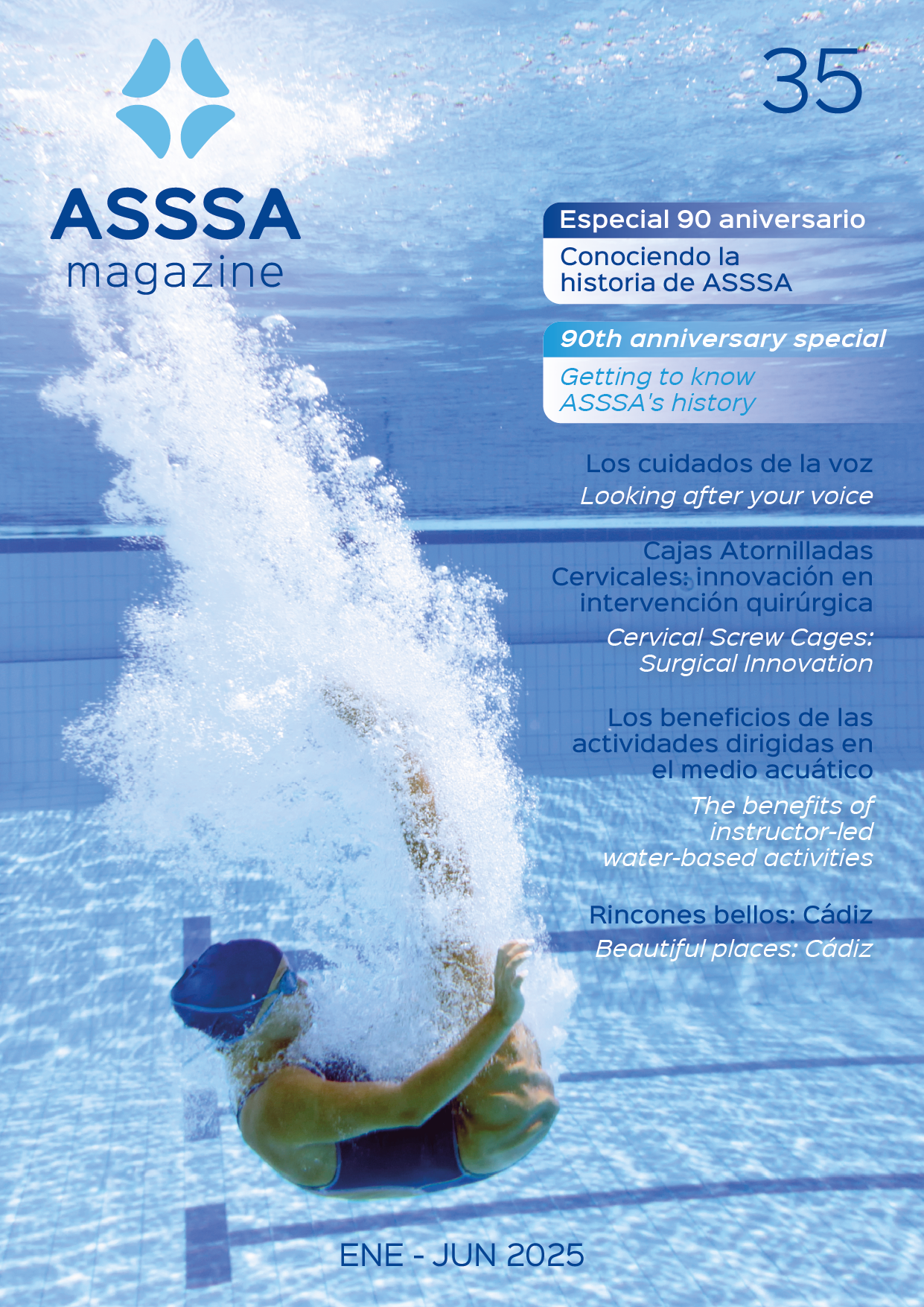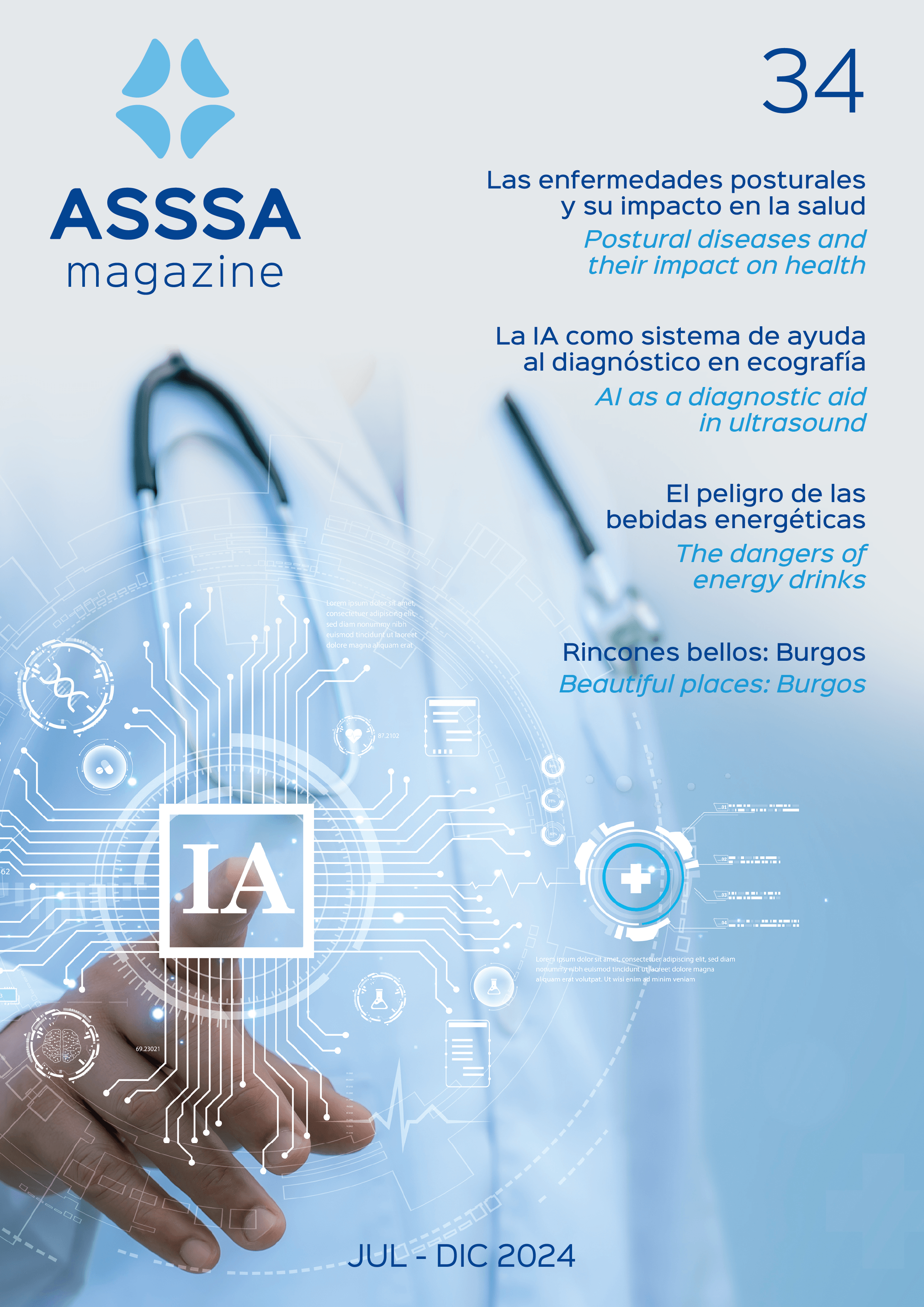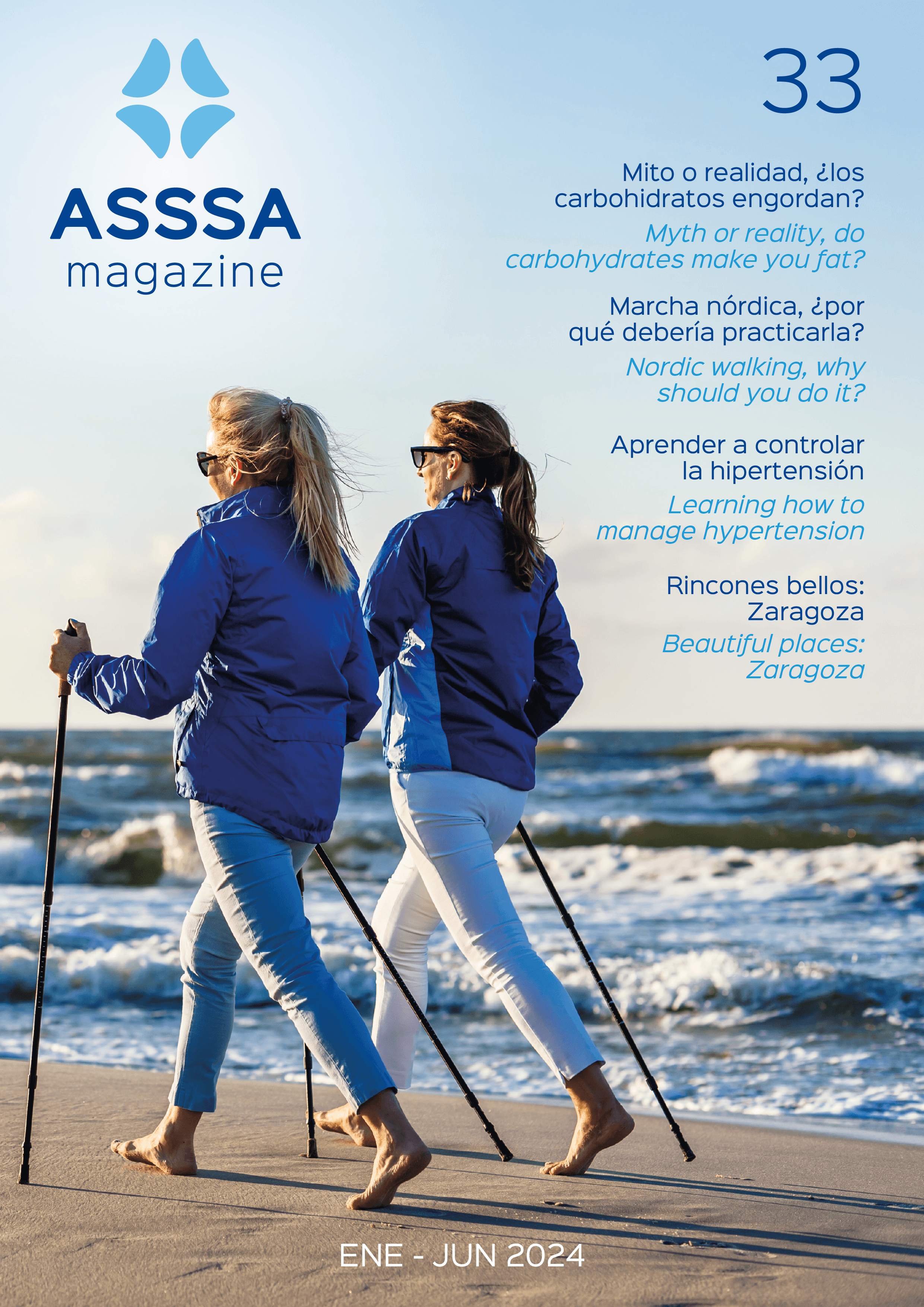
What is urinary incontinence?
Urinary incontinence is defined as "the leakage of urine in patients with the condition" (this definition is not applicable to childhood).
It is a very frequent problem affecting about 20% to 25% of the female population and tends to worsen with age.
Types of incontinance
- Stress urinary incontinence: leaking of small amounts of urine with activities such as coughing, sneezing, etc.
- Urge urinary incontinence: the involuntary leaking of urine in association with insufficient warning to get to the bathroom in time.
- Mixed urinary incontinence: when urinary incontinence is associated with both stress and urgency.
- Enuresis: means any leakage of urine; if this happens during sleep it is known as "nocturnal enuresis".
- Continous urinary incontinence: the permanent leakage of urine.
Sometimes, the type of incontinence is clear from the patient's description, other times further examinations and tests are required to clarify the cause and type of incontinence before the correct treatment can be prescribed.
Most urinary incontinence in women of a certain age who have given birth to several children is caused by a weak pelvic floor. The pelvic floor is a set of muscles and connecting tissue that keeps the abdominal organs in their correct position. When these structures become weakned qwith age, several births and lack of exercise (especially after giving birth) to keep these muscles strong, the woman is more likely to suffer a prolapse, when one or more of the organs – the womb (uterus), the bladder or the back passage (rectum) – can drop down (prolapse) into the vagina. This type of urinary incontinence is called stress incontinence.
Urge urinary incontinence is almost always associated with increased urination and the need to get up in the night to use the bathroom. It is characterised by the sudden and urgent need to urinate, the patient cannot hold the urine back and leakages may range from small to large amounts of urine. It is also known as overactive bladder syndrome, urinary urgency syndrome or urgefrequency syndrome.
Mixed urinary incontinence is the association of both forms and continuous urinary incontinence may be due to other causes such as urinary tract injuries and lesions and what is called "paradoxical incontinence" in which the patient finds it difficult to urinate. This may be caused by the bladder's inability to contract or by an obstruction in the urinary tract, so urine is leaking continuously because the bladder cannot contain the urine and it literally overflows.
Urge incontinence is treated with pelvic floor rehabilitation exercises and pharmaceutical drugs that act in different ways on the mechanisms that control bladder contractions, so several forms of treatment are available.
Continuous incontinence can be treated by repairing the urinary tract injury or lesion, usually with surgery, by removing the obstruction or correcting the bladder's inability to contract.
To summarise, urinary incontinence affects a large part of the population, there are different forms of incontinence and various treatments that usually involve considerable expense, so the best strategy is to prevent incontinence in later life by doing pelvic floor exercises from adolescence onwards.
Dr. Luís Pérez Llorca – Urology Specialists
The information published in this media neither substitutes nor complements in any way the direct supervision of a doctor, his diagnosis or the treatment that he may prescribe. It should also not be used for self-diagnosis.
The exclusive responsibility for the use of this service lies with the reader.
ASSSA advises you to always consult your doctor about any issue concerning your health.












